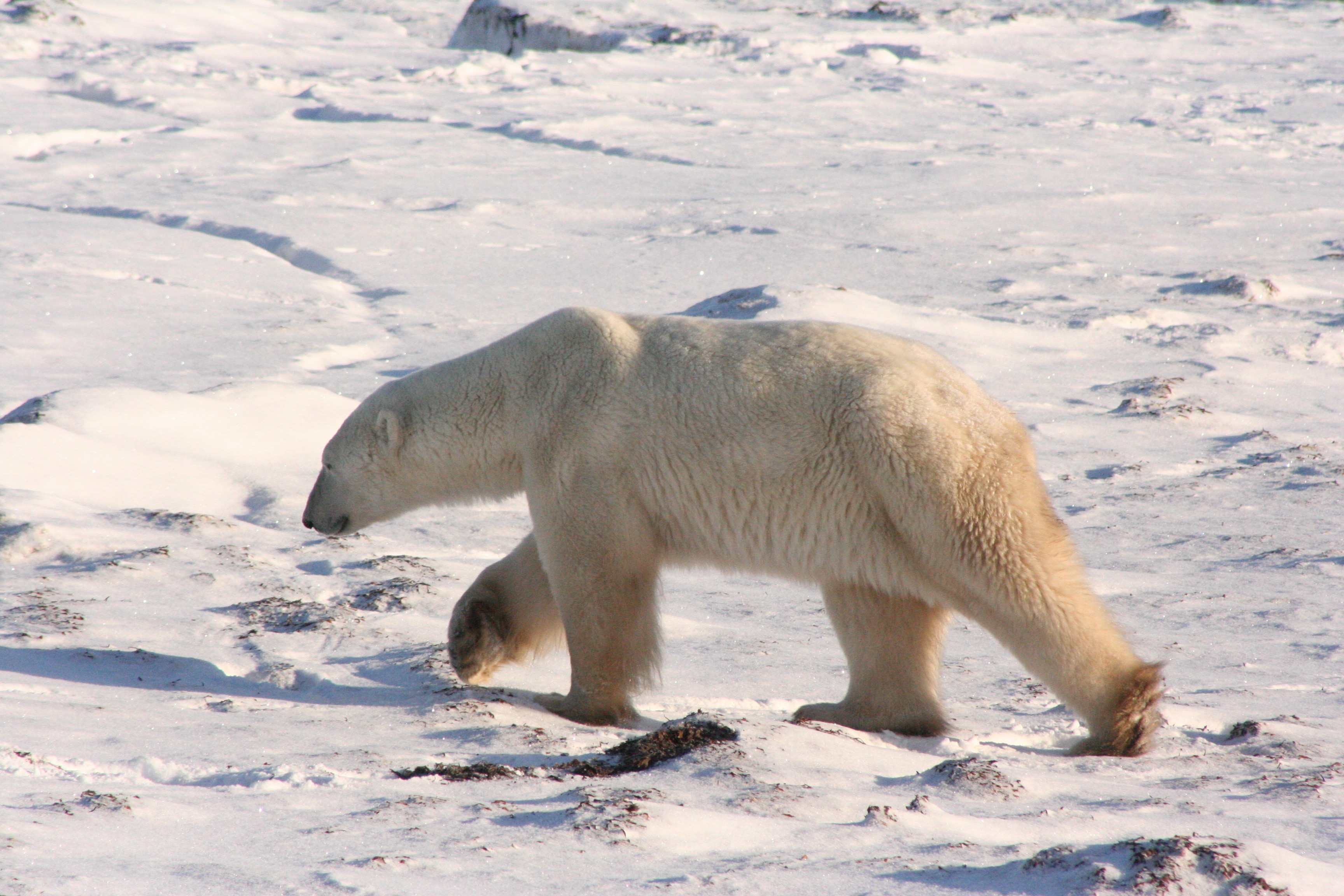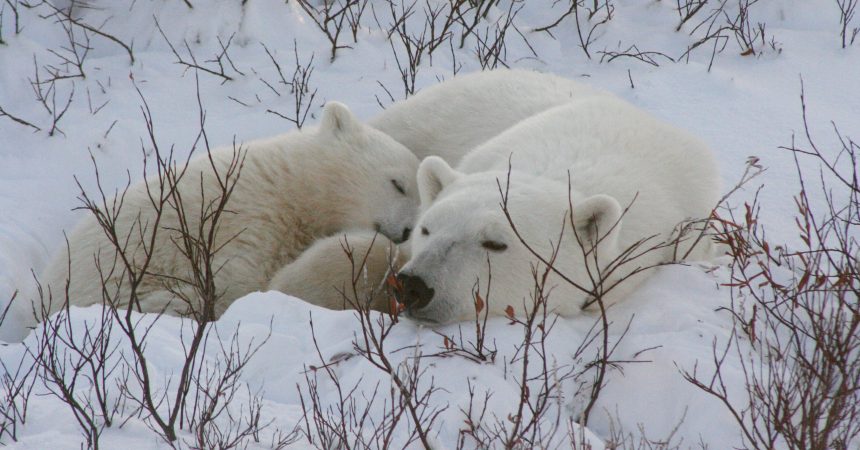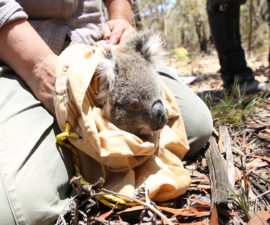As polar bears gather along the shores of Hudson Bay and pose for the cameras, questions about their future are once again in the spotlight. As it is for many other species on our planet, the critical threat facing polar bears is habitat loss.
Sea ice continues to decline at a faster rate than many climate scientists had predicted—and we are faced with the prospect of a future without these Arctic icons. The problem, while it is serious, is also quite simple. The loss of sea ice is no different from a clear-cut forest, a drained wetland, or a bleached coral reef that can no longer support wildlife. Simply, and ultimately, a world without sea ice would be a world without polar bears.

I have observed polar bears in their natural habitat, and I believe their intelligence and curiosity is unmatched in the animal world. Their ability to navigate an ecosystem that changes daily might lead one to believe that if any animal can outsmart a rapidly changing environment, it would be the polar bear. Unfortunately, the real-world data does not support this wishful thinking.
Some scientists had previously thought that polar bears could switch from eating marine-based food to land-based food, as a way of making up for lost hunting days on the sea ice. I was a member of a group of researchers from Canada who set out to test this idea. The result: polar bears on land lost mass at the same rate as unfed polar bears. Access to land-based food did not change the overall picture for polar bears—sea ice is their habitat, not land.

As sea ice melts, polar bears spend less time in their desired habitat. A recent study indicates that polar bears are losing one to three weeks of time in their prime sea ice habitat per decade. However, not only are they spending less time in their habitat, but also their habitat is rapidly changing.
As sea ice thins, it becomes more fragile, breaks up easier, and moves faster. Polar bears living near the Arctic basin often walk against the movement of sea ice to maintain their position in prime habitat. As sea ice moves faster, polar bears must work harder to simply maintain their position. To better understand this, think of these polar bears as being on a steadily accelerating treadmill.
Thinner sea ice also disintegrates faster in the spring. I recently published a paper that showed the faster the sea ice melts, the more likely it is that polar bears will swim long distances—more than 31 miles (50 kilometers), more than 1 day—to keep up with their rapidly melting habitat. Although polar bears are adept swimmers, there are limits to the benefit of this strategy. The population of polar bears most frequently observed swimming has also declined by 25 to 50 percent in the last decade.
As polar bears patiently await the arrival of sea ice in Hudson Bay, it is important that we do not lose sight of what polar bears are really waiting for: the arrival of their home. Learn how you can help these Arctic ambassadors from our partners at Polar Bears International. Happy Polar Bear Week!
Nicholas Pilfold, Ph.D., is a postdoctoral associate in Applied Animal Ecology at the San Diego Zoo Institute for Conservation Research.





